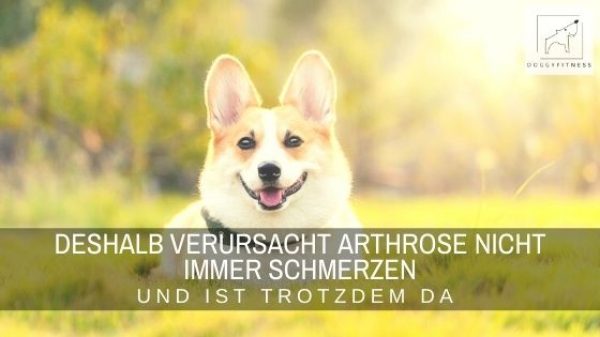Osteoarthritis is one of the most common joint diseases in dogs. Most dogs develop osteoarthritis in the course of their lives. Most often, the joints that bear the most weight of the body are affected. These include elbow, shoulder, knee and hip. But small joints, such as the toe joints, can also be affected. Many older dogs suffer from osteoarthritis. Osteoarthritis dog pain
How does osteoarthritis develop and what are the consequences? Osteoarthritis dog pain
Osteoarthritis can be caused by wear and tear as a result of natural aging or obesity. But they can also be caused by incorrect and excessive stress, inactivity and misalignment of joints. Osteoarthritis dog pain
What happens in the joint?
In osteoarthritis, cartilage particles are abraded or even splinter off. These particles then float around freely in the joint fluid and interfere with the movement process. As a result, the cartilage surface is no longer smooth and the insulating function decreases. In the later stages, the bone is damaged. This is also not without consequences for the joint fluid. It becomes thinner and lubricates worse. In some cases, it disappears altogether.
In the advanced stage, the body tries to help itself. So-called joint lips are formed. These are bony appendages to stabilize and protect the joint. This means restriction and pain in movement for the dog. Osteoarthritis dog pain
But why is osteoarthritis often diagnosed late? Osteoarthritis dog pain
Only when there is significant damage to the cartilage and inflammation develops in the joint, the dog feels the pain in movement. It often goes unnoticed for a long time. It is only noticed when it is far advanced. This happens because the cartilage itself is not innervated (infused with nerves). It does not give a signal that something is wrong. Therefore, dogs often show few to no symptoms and osteoarthritis is often even an incidental finding. Osteoarthritis dog pain
Therefore, osteoarthritis should be treated even if it does not cause discomfort
If osteoarthritis is not treated, it will continue to progress and, as the disease progresses, it will cause pain and limited movement and also result in loss of muscle tone.
What can you do?
By means of active movement training and physiotherapeutic treatment, you can delay the progression of osteoarthritis and also mobilize affected joints again. Measures such as nutritional supplements and gold acupuncture are also a valuable support for dogs suffering from osteoarthritis.
What helps your dog with osteoarthritis? Feel free to share your experiences with me in the comments!
Would you like to learn more about pain in dogs and how to reliably recognize signs of pain? Then join my free online mini course “Recognizing signs of pain in dogs – incl. Checklist”!
All the love, your Tina
Dieser Beitrag ist auch verfügbar auf:
Français (French)
Deutsch (German)
Español (Spanish)
















